Article by Rosa di Gregorio Urban regeneration strategies are a very broad and complex topic with endless variations. In this article, we address the issue of urban regeneration applied to residential neighborhoods, in regard to their degradation and marginalization. In talking about urban regeneration, the degraded public space can represent a specimen “to design laboratory”, capable of allowing investigations and experiences aiming to establish a new quality of life in housing, spaces, relationships, environments, and social interactions. The regeneration process of public residential areas can find its solution through a new way to approach open spaces. Today, many of these open spaces can be found in areas that have been abandoned or are incomplete, degraded, or unsafe. Regardless of their situations, if one takes a proactive view, they are definitely convertible and can become an opportunity to start anew. The following 10 design strategies and projects are a significant testimony to urban regeneration.
Urban Regenerative Strategies
10. Diversity Diversity means to design the existing environment so that it is easily recognizable by the citizens, providing in those environments a clear, defined use and function of its places. Doing so requires that each open space be defined in terms of treatment, hierarchy, and readability. An extraordinary example of this is Superkilen Park in Copenhagen, Denmark.
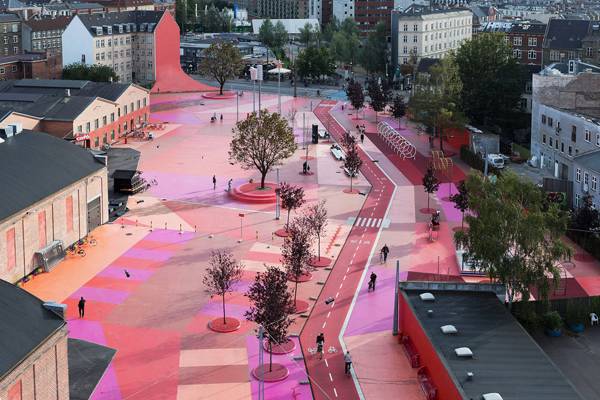
Pedestrian friendly street.
“Creative Commons BIG – Bjarke Ingels Group – SUK – Superkilen Park, Copenhagen, Denmark”. Source Forgemind ArchiMedia, licensed under CC 2.0
Remodeling of a space involves using the existing materials to create something new that redefines the place. This can be seen in a project such as
The King’s Cross Pond Club, where the anonymous and underutilized public space of the city center has been redesigned as a playground and pool.
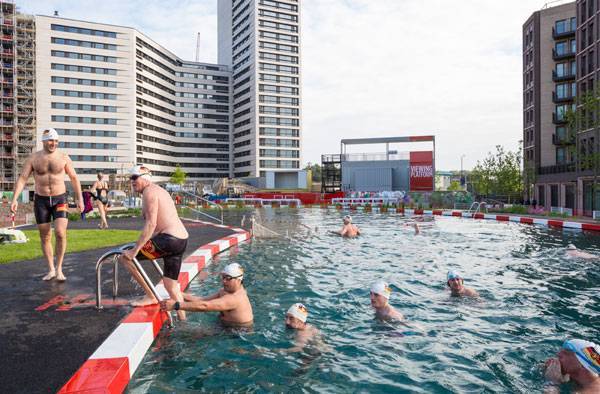
The King’s Cross Pond Club. Photo credit: John Sturrock
To encourage social cohesion, it is sometimes necessary to redesign the heart of a neighborhood from scratch. We call this strategy relocation. This can be achieved by concentrating in the same area spaces accessible to different social groups, providing them with specific and unique features. The
Amstelveen project Zonnehuis Care Home by Hosper is a good example of this.
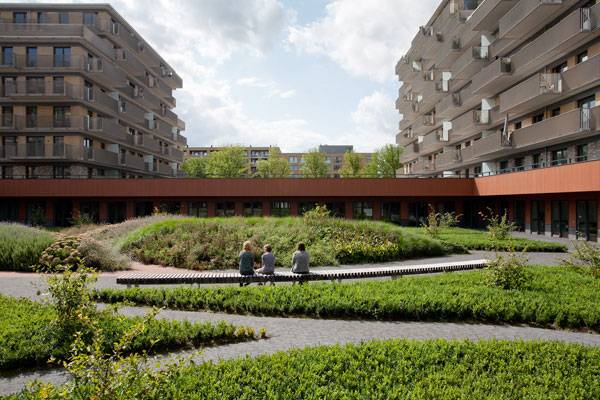
Amstelveen Zonnehuis Care Home. Photo credit: Ferry Streng
Infilling a space is the act of increasing population density through the insertion of new buildings. This strategy can include social housing and community services that attract economic growth, provide a quality lifestyle and offer activities. These are opportunities for social inclusion and urban regeneration. In his article “
Turning the House Inside Out: A New Perspective on Residential Development”, LAN’s
Nick Shannon talks about the Funen Blok K, by NL Architects in Amsterdam, the Netherlands, as an example of this stratification strategy.
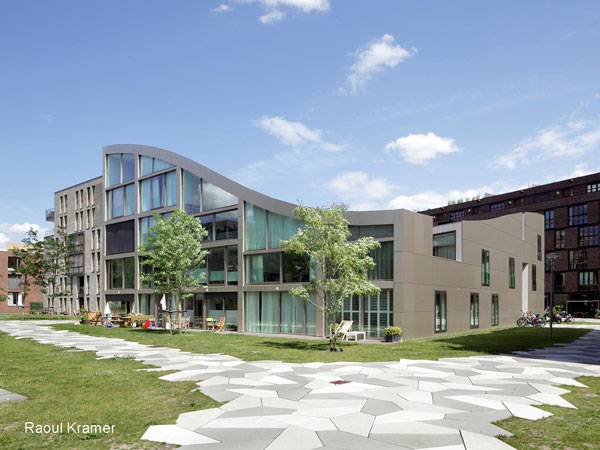
Funen Blok K. Photo credit: Raoul Kramer
Deconstruction is a reverse approach to the stratification strategy of infilling. It works by removing building components to create an open space suitable for public use where it did not exist before. An extraordinary example of this strategy — from which arises the whole architecture of the post-modern landscape — is New York City’s Central Park.
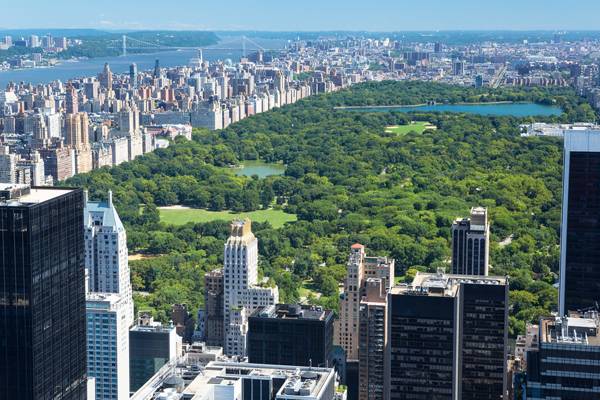
Central Park, designed by one of the earliest known landscape architects Fredrick Law Olmstead. Photo credit: shutterstock.com
Reconnecting a space means to mend the connection between parts of a city previously disconnected by structures and/or infrastructure that have made a real cut into the urban fabric. Looking at this from the urban regeneration point of view can make these obstacles a connecting bridge for the city. An excellent example is the New York City
High Line, with all the projects it has inspired.
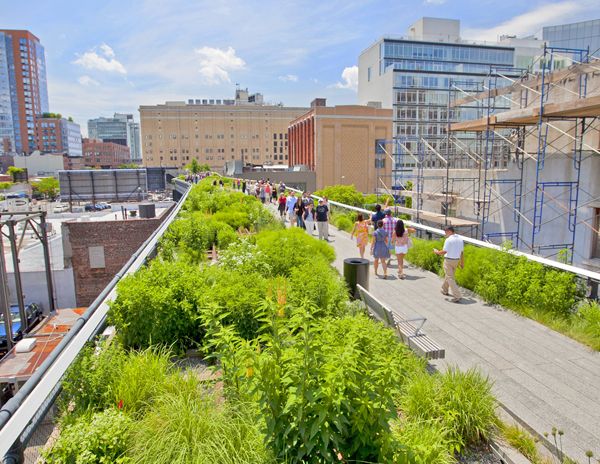
The Highline is a great example of a planting scheme increasing biodiversity in an urban area; credit: shutterstock.com
Many urban building interventions are designed and set in place separately from each other and therefore have no communication between one another. As a result, the urban fabric becomes chaotic and messy, creating a need to recover this lost balance. The open space acts as a reorganizing agent, as the example of Tanner Springs Park shows: “
An oasis in the city providing an escape from the hustle and bustle of city life,” said writer
Rachel Kruse.
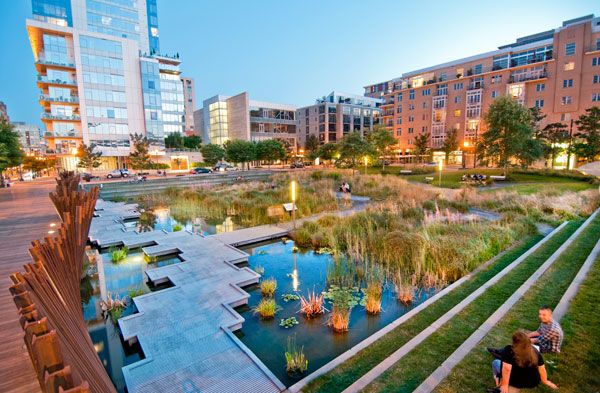
Tanner Springs Park. Photo credit: GreenWorks
Every place has its vocation, dictated mostly by the landscape surrounding it. It is wrong to think that every space can adapt to everything. Reading the landscape properly and grasping its peculiarities helps to integrate every project in the context where it’s built (it could be a seaside, riverside, countryside, etc.). A great example is the
Zhongshan Shipyard Park, designed by Turenscape.
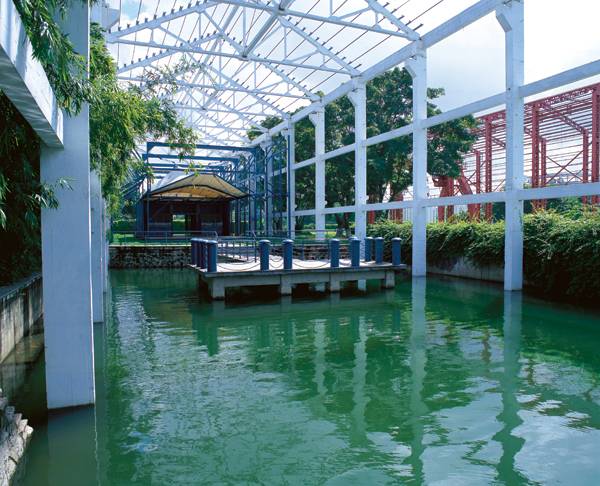
Industrial frame used to enhance design. Credit: Turenscape
Public settlements can establish wider connections with the city and the natural environment around them. These districts can act as filters and portals between the urbanized area and the natural surroundings, because of their semi-suburban location and their gradual density of building volumes. This strategy has been used as a guideline for
Parc du Mont Evrin, an outstanding example of a project that enhances its own surrounding landscape.

Landscape-architecture – Mont Evrin Park. Credit: Urbicus
Very often, urban regeneration requires us to reinvent a space because its form and use are no longer suitable. The landscape project can give shape to a new meaning for an old place; it has no connection with the past, but marks the launch of a brighter future. An example of this is
Charlotte Garden, by SLA.
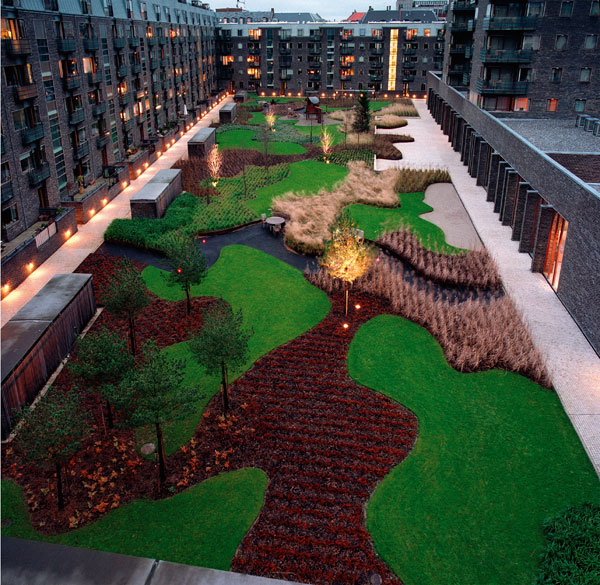
Charlotte Garden. Photo credit: Torben Petersen.
Landscape architects face a call to define actions and create projects to restore dignity and meaning to public spaces, to re-create a space that is a meeting place for socialization through daily events, making it recognizable and with a new identity. The public space is therefore a crucial element of the urban scene. For too long, this space has not been considered in modern planning. But as we have seen through these examples, its value has been renewed. The New York City High Line testifies to the reconnection with a city; the Superkilen Park in Copenhagen shows how an urban void can become a meeting place. These are just two of the extraordinary examples of regenerative strategies for public open space.
Do you agree that today, as never before, this rethinking of public space is the key to solving the problems of the contemporary city? Is this a way to provide cities with new meanings and possible uses? Go to comments
Recommended Reading
Article by Rosa di Gregorio
Published in Blog




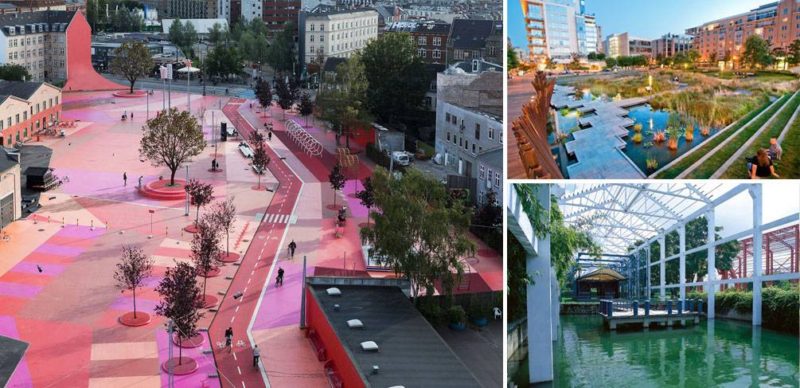








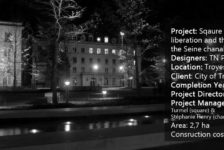

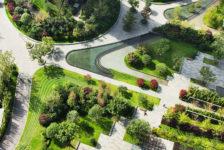
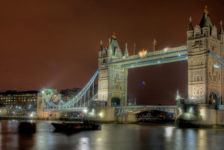
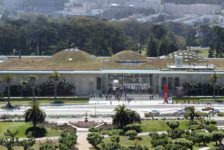
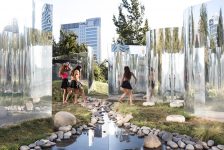
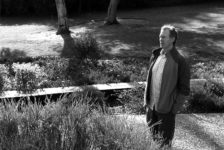
Pingback: استراتژی های احیا کنندهی فضا های باز شهری - هنر و معماری آبگینه